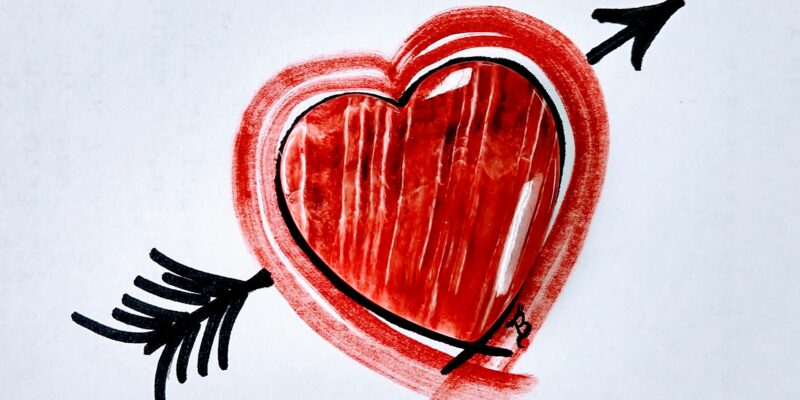
February ~ Month of Amethyst
Leave your thoughtsHistory
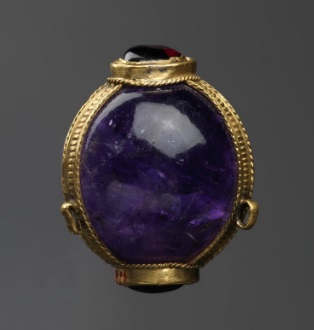
Ancient Greeks and Romans believed this gemstone could ward off the intoxicating powers of Bacchus and keep the wearer clear-headed and quick-witted. English regalia were decorated with amethysts during the Middle Ages to symbolize royalty. Amethyst jewelry has been found and dated as early as 2000 BC.
The name comes from the Ancient Greek, derived from the word methustos, which means “intoxicated.” Leonard da Vinci once said that amethyst helps to quicken intelligence and get rid of evil thoughts.
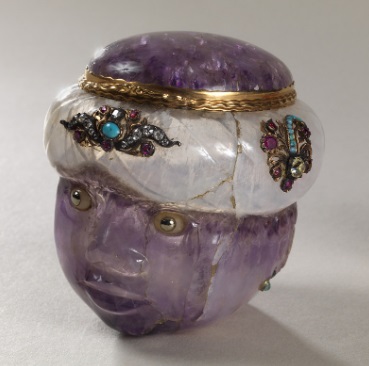
The Book of the Dead encouraged Egyptians to turn amethysts into heart-shaped amulets for burial. Catholic bishops felt that amethyst could prevent people from getting “drunk” on religious power, and instead keep them more grounded.
The Amethyst Gemstone
Amethyst often occurs in geodes or in the cavities of granitic rocks. It can be found all over the world, including the United States, Canada, Brazil, and Zambia.
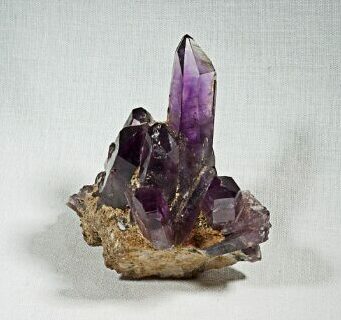
Amethyst is purple quartz that gets its blend of violet and red color from irradiation, iron impurities, and the presence of trace elements. Quartz is the second most abundant material found in Earth’s crust. Its hardness is the same as other quartz (Mohs = 7), which makes it a durable and lasting option for jewelry.
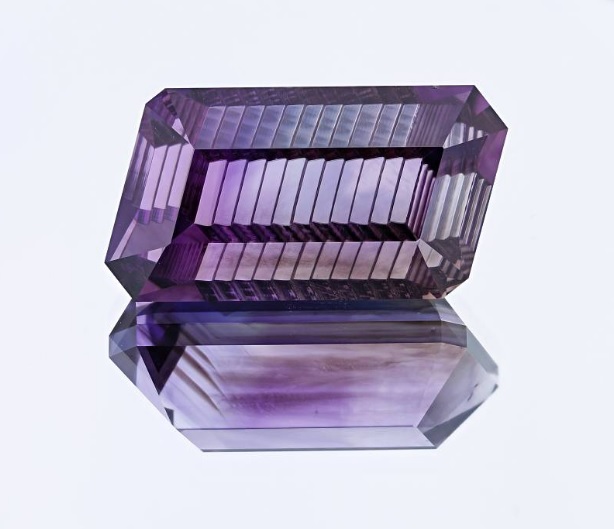
Amethyst is the February birthstone, and it is also used to celebrate the sixth and 17th years of marriage.
Please visit the SFJS showroom to see our collection of amethyst cabochons, faceted gemstones, and beads. We also carry a variety of heart-shaped cabochons – perfect for creating custom jewelry for customers or that special someone!
Valentine’s Day History
Since Valentine’s Day is when lovers express their affection with greetings and gifts, some believe this “holiday” has origins in the Roman festival of Lupercalia, held in mid-February. The festival celebrated the coming of spring and included fertility rites. In the 5th century, Pope Gelasius I forbade Lupercalia and is sometimes attributed with replacing it with St. Valentine’s Day, but the true origin of the holiday is vague at best. Valentine’s Day was not celebrated for romance until about the 14th century.
According to legend, in 270 CE, a martyred priest signed a letter “from your Valentine” to his jailer’s daughter, whom he had befriended and healed from blindness. Other accounts hold that it was St. Valentine of Terni, for whom the holiday was named, and legend states that St. Valentine defied the emperor’s orders to secretly marry couples which spared husbands from war – this is why his feast day is associated with love.
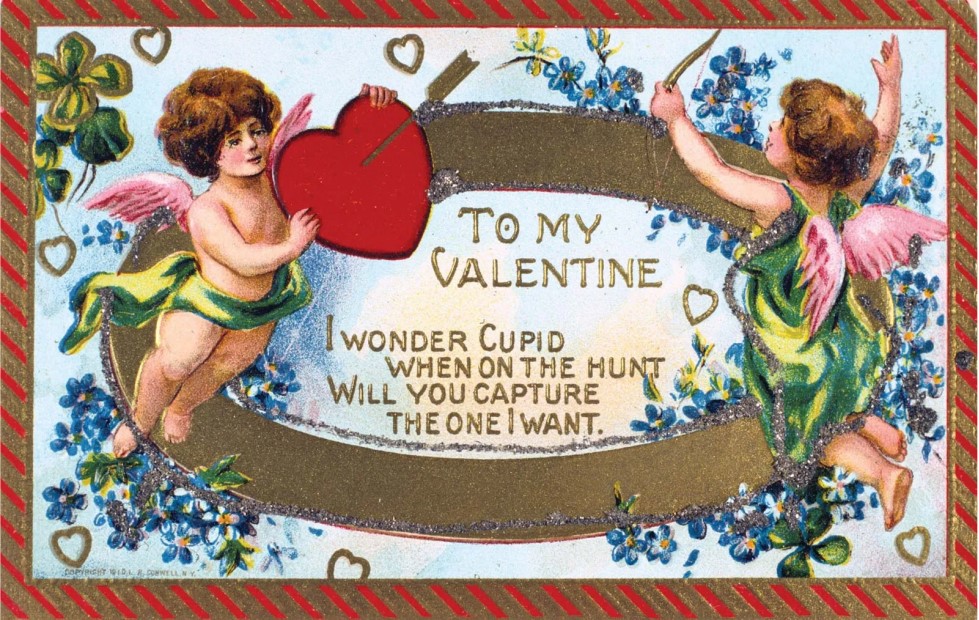
© Photos.com/Thinkstock
The first commercial valentines in the United States were printed in the mid-1800s. Depictions of Cupid (Roman god of love), along with hearts (where emotion resides) and birds (February is mating season) were common themes. Traditional gifts included candy and flowers, especially red roses, a symbol of beauty and love. Today, Valentine’s Day is the Biggest Day for floral sales, and is second only to Christmas and Hannukah for total dollars spent. Although more consumers (57%) purchase candy more than any other Valentine’s Day gift, in 2023, a whopping $5.5 billion was spent on jewelry! $7.1 billion (27%) of the 2023 Valentine’s Day spending was on gifts for friends, coworkers, pets, classmates, and teachers, not just romantic partners.

